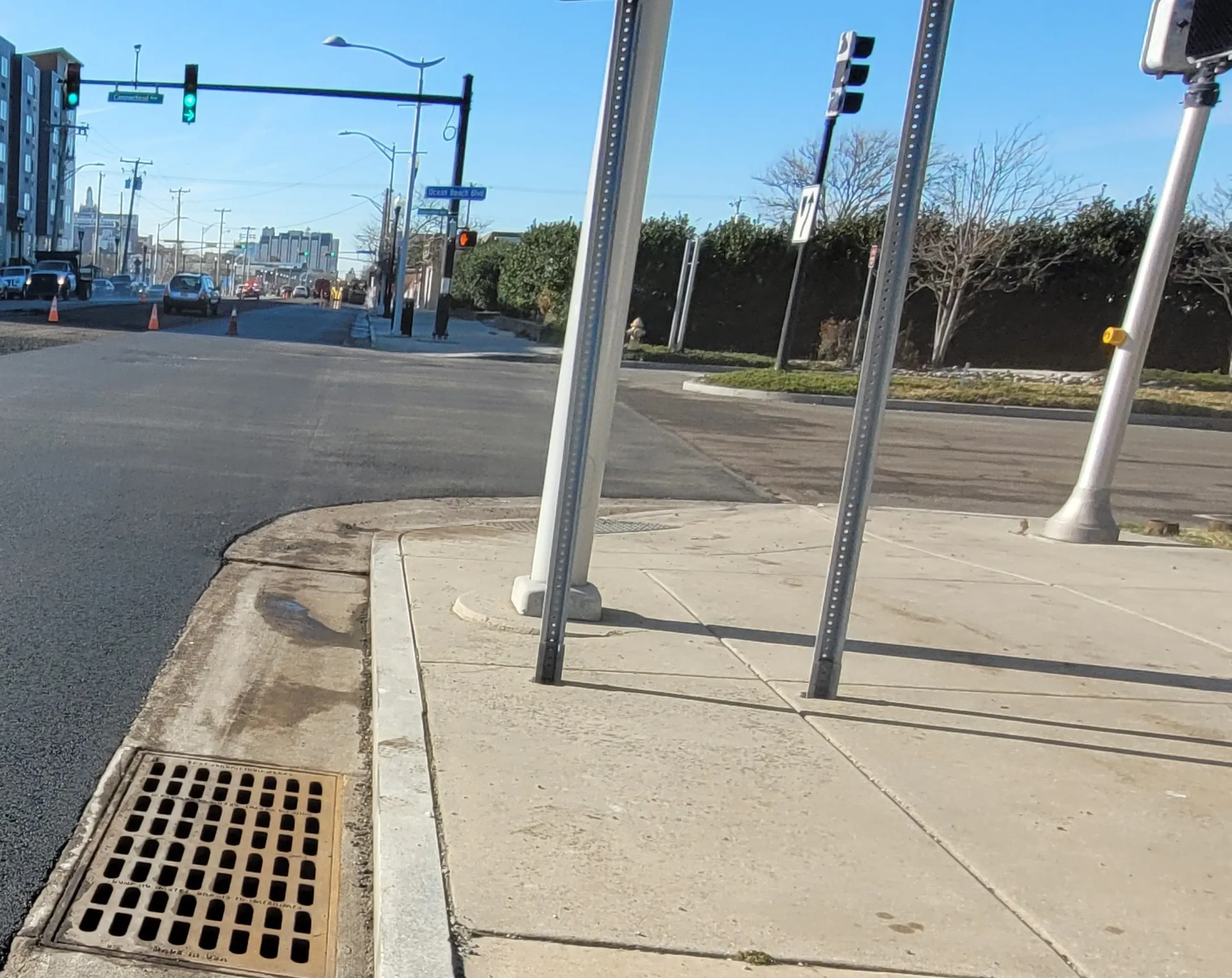Britain’s first junction designed to avoid cyclists being hit by left-turning traffic is unveiled today, the beginning of a new wave of such junctions on London’s busiest main roads.
Cyclists and turning motor traffic will move in separate phases, with left-turning vehicles held back to allow cyclists to move without risk, and cyclists held when vehicles are turning left. There will also be a new ‘two-stage right turn’ to let cyclists make right turns in safety. For straight-ahead traffic, early-release
August 25, 2015
Read time: 2 mins
Britain’s first junction designed to avoid cyclists being hit by left-turning traffic is unveiled today, the beginning of a new wave of such junctions on London’s busiest main roads.
Cyclists and turning motor traffic will move in separate phases, with left-turning vehicles held back to allow cyclists to move without risk, and cyclists held when vehicles are turning left. There will also be a new ‘two-stage right turn’ to let cyclists make right turns in safety. For straight-ahead traffic, early-release traffic lights will give cyclists a head start.
These innovations aim to significantly cut the cyclist casualty rate. Around 85 per cent of cyclist accidents happen at junctions, mostly involving turning traffic.
The new junction, on the upgraded Cycle Superhighway 2 at Whitechapel Road and Cambridge Heath Road, will be the template for junctions to be introduced across London’s main road network in future. These will be at smaller locations than the 33 biggest and most complicated interchanges being improved under the Mayor’s “Better Junctions” programme. The junction unveiled today is not one of the 33 Better Junctions locations.
Cycle Superhighway 2, part of wider plans by the Mayor and1466 Transport for London (TfL) to improve cycling safety, will deliver a world-class substantially segregated cycle route between Aldgate and Bow Roundabout in east London. Once complete, by early next year, 11 major junctions along the route of Cycle Superhighway 2 alone will involve a mixture of these innovative safety measures, keeping cyclists separate from other traffic.
TfL began constructing the upgraded Cycle Superhighway 2 in February 2015 and now, just six months later, almost half of the work is already complete. Once finished, the vast majority of the route will be separated with a kerb, which will keep cyclists away from traffic. Where there is less space for kerbed segregation, cyclists will be separated from traffic by pioneering highly-visible traffic ‘wands’ - regularly spaced flexible poles that clearly define the cycle track. Later this year, TfL will also begin work on pedestrian improvements at Bow Interchange, providing new pedestrian crossing facilities at the roundabout, making it easier to cross from east to west and north to south.
Cyclists and turning motor traffic will move in separate phases, with left-turning vehicles held back to allow cyclists to move without risk, and cyclists held when vehicles are turning left. There will also be a new ‘two-stage right turn’ to let cyclists make right turns in safety. For straight-ahead traffic, early-release traffic lights will give cyclists a head start.
These innovations aim to significantly cut the cyclist casualty rate. Around 85 per cent of cyclist accidents happen at junctions, mostly involving turning traffic.
The new junction, on the upgraded Cycle Superhighway 2 at Whitechapel Road and Cambridge Heath Road, will be the template for junctions to be introduced across London’s main road network in future. These will be at smaller locations than the 33 biggest and most complicated interchanges being improved under the Mayor’s “Better Junctions” programme. The junction unveiled today is not one of the 33 Better Junctions locations.
Cycle Superhighway 2, part of wider plans by the Mayor and
TfL began constructing the upgraded Cycle Superhighway 2 in February 2015 and now, just six months later, almost half of the work is already complete. Once finished, the vast majority of the route will be separated with a kerb, which will keep cyclists away from traffic. Where there is less space for kerbed segregation, cyclists will be separated from traffic by pioneering highly-visible traffic ‘wands’ - regularly spaced flexible poles that clearly define the cycle track. Later this year, TfL will also begin work on pedestrian improvements at Bow Interchange, providing new pedestrian crossing facilities at the roundabout, making it easier to cross from east to west and north to south.








